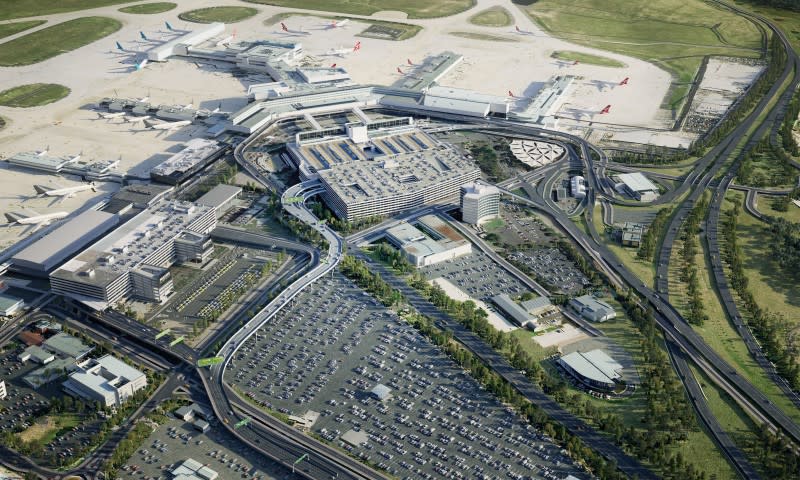Third Runway Cleared for Melbourne Airport

A third runway for Victoria’s biggest airport has been cleared to proceed.
The project is among several infrastructure plans to win Federal Government approvals at Melbourne Airport.
Federal infrastructure minister Catherine King at the weekend greenlit the Major Development Plan for the third runway at the airport after a community consultation period.
The new runway is estimated to cost $3 billion.
King confirmed that the funding for the new runway would come from Melbourne Airport.
“There’s no government funding in the construction,” King said.
“What I’ve done, as the planning minister for federally leased airports, is provide approval for that major development plan for the third runway to go ahead.”
Other changes included Melbourne Airport committing to shortening the east-west runway and that airspace redesign has to take place in consultation with Essendon Fields Airport, which is located quite close to Tullamarine.
Feedback from the consultation included suggestions that the Airport Rail Link to the Melbourne Airport at Tullamarine, north of Melbourne’s CBD, be part of the compensation to councils for the runway development.
King told media the Federal Government had committed to funding for the Melbourne Airport Rail Link.
“We already have $5 billion on the table to build the Melbourne Airport Rail Link, as does the State Government,” King said, “and we’ll continue to work with the State Government and the airport on this project.”
King also said that a report had suggested three areas where work on the project could begin and that more announcements would come soon.
“One of those is looking at starting that work at the Sunshine Precinct, and we’ll have some announcements to make about that shortly,” King said.
As of 2024, the Melbourne Airport Rail Link has just $10 billion of the $13-billion estimate for the project secured in funding.
With new flight paths needed for the third runway, concerns were voiced that seven suburbs would be affected by noise. From that, conditions around noise amelioration work, particularly around Keilor Park and Buller, were included in the plan, which, King said, would be funded by the airport.
The third runway will be 3000m long, and will be parallel and 1.3km west of the current north-south runway, with new taxiways and other infrastructure also part of the plan.
It is expected to be open and operational by 2031, and will allow simultaneous take-offs and landings to help reduce delays, and to support existing and new airlines.
Construction is due to start next year.
Melbourne Airport chief executive Lorie Argus said the runway would become necessary as the population in Melbourne increased.
“Australia’s vast distances and Melbourne’s position on the globe mean demand for air access will continue to grow as our population increases,” Argus said.
“The new north-south runway will ensure Victoria’s primary international gateway has adequate capacity to serve the state’s needs for future generations.
“Sydney and Brisbane already operate parallel runway systems, so this will ensure that Melbourne does not become a handbrake on the national air network or the national economy.”
It is estimated that the runway project will add $6 billion each year to Victoria’s economy.
Meanwhile, Melbourne Airport has started work on a new road network to address increased traffic congestion.
The work will separate public traffic from commercial transport operators with two stages of the project creating streamlined exit options from the Tullamarine Freeway to all four terminals without roundabouts and traffic lights impeding travel.
The work is the second stage of the project—Naarm Way Stage 1 was opened in July, 2023, creating a direct connection from Tullamarine Freeway to the T4 ground transport hub for travellers using Jetstar, Rex and Link Airways.

The second stage will create a direct connection from the freeway to new pick-up and drop-off zones for the other three terminals within the main carpark, with new exit ramps to Departure Drive and Melbourne Drive and the freeway.
There will also be a new pedestrian bridge for passenger access from the carpark to Terminal 2.
When completed, the main terminal’s forecourt will be set aside for commercial vehicles, including Skybus, taxis, rideshare and shuttle bus services.
Approval for the Naarm Way project was made by the Federal Government in 2021.














